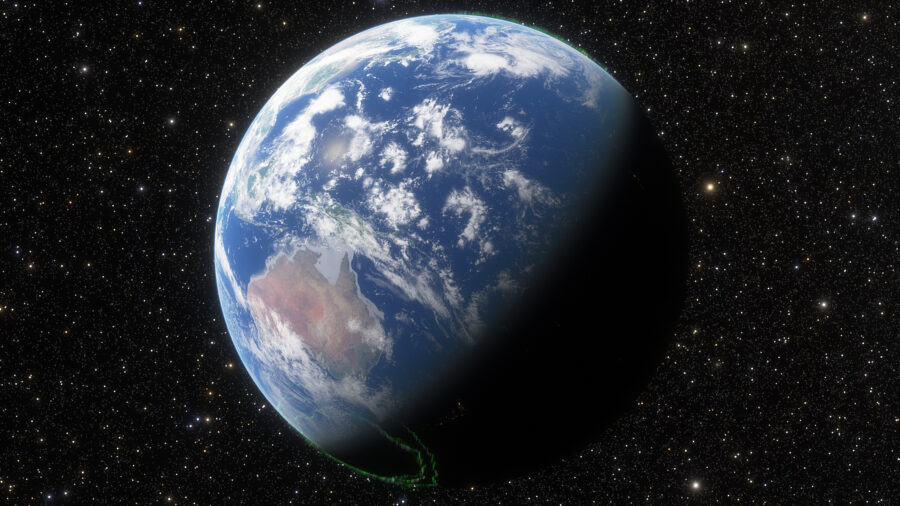Earth Is Literally Shaking Due To Huge Climate Issue

To quote the late, great Jerry Lee Lewis, there’s a “Whole lot of shakin’ going on!” Specifically when it comes to the Earth and the effects of climate change. The past four decades of climate disaster have led to a level of planet shaking we’ve never experienced in all of recorded history.
Ocean Waves Are Intensifying

Ocean waves apply force to the sea floor as they rise and fall, generating seismic waves. These seismic waves, in turn, generate so much power and happen so frequently that when measured with a seismograph, they produce a constant, steady hum. That hum, however, is turning more into a growl as wave signals have been intensifying in recent decades, leading to an increase in stormy seas, a higher ocean swell, and just a general increase in the amount our planet is shaking at any given moment.
Planet Shaking Correlates With Rising Temperatures

A new study published in the science journal Nature Communications has tracked the increase in planet shaking over the course of the last four decades. The global data, in conjunction with other ocean, satellite, and regional seismic studies, points to an alarming increase in planet-shaking wave energy. Unsurprisingly, this increase coincides with the rise of global temperatures over the same time period.
Seismic Activity Doesn’t Just Come From Earthquakes

Global seismographic networks are mostly used for keeping track of and studying earthquakes. However, the highly sensitive instruments pick up a large variety of natural and human-caused seismic phenomena in the process. Phenomena not directly linked to earthquakes, such as erupting volcanoes, explosions, and meteor strikes, all show up on seismographs—as well as persistent seismic signals from wind, water, and even human activity.
Out of all of those sources, the most pervasive background signal picked up across the globe is the incessant thrum of ocean waves. These storm-driven waves are referred to as the global microseism. Basically, the more the climate changes, the more aggressive storms form at sea, and the more waves from those storms cause our planet to keep shaking.
Microseismic Signals

There are actually two different ways that ocean waves generate microseismic signals. The secondary microseism is the waves traveling across the surface of Earth’s oceans approximately every eight to 14 seconds. Meanwhile, the primary microseism process is when ocean waves beneath the surface push and pull the seafloor. Both of these methods together cause the vigorous planet shaking currently being observed by scientists.
What Does This Mean For Us?

As to what scientists are learning from all of this planet shaking, well, as you can probably guess, it’s not good. The researchers found that globally averaged ocean wave energy since the late 20th century has increased at a median rate of 0.27 percent per year. In the last 23 years, however, that increase has itself increased to the point where ocean wave energy is now growing at a rate of .035 percent per year.
This increase in planet shaking complements the results from other climate research, showing that storms and, as a result, waves are getting stronger as the air gets warmer. It doesn’t take a scientist to know that when anything other than chocolate milk gets shaken intensely—think babies or soda—the results are disastrous. This new data just further emphasizes how important it is to take climate change seriously and how much we need to get our act together as a planet and fight the climate menace before it’s too late.












